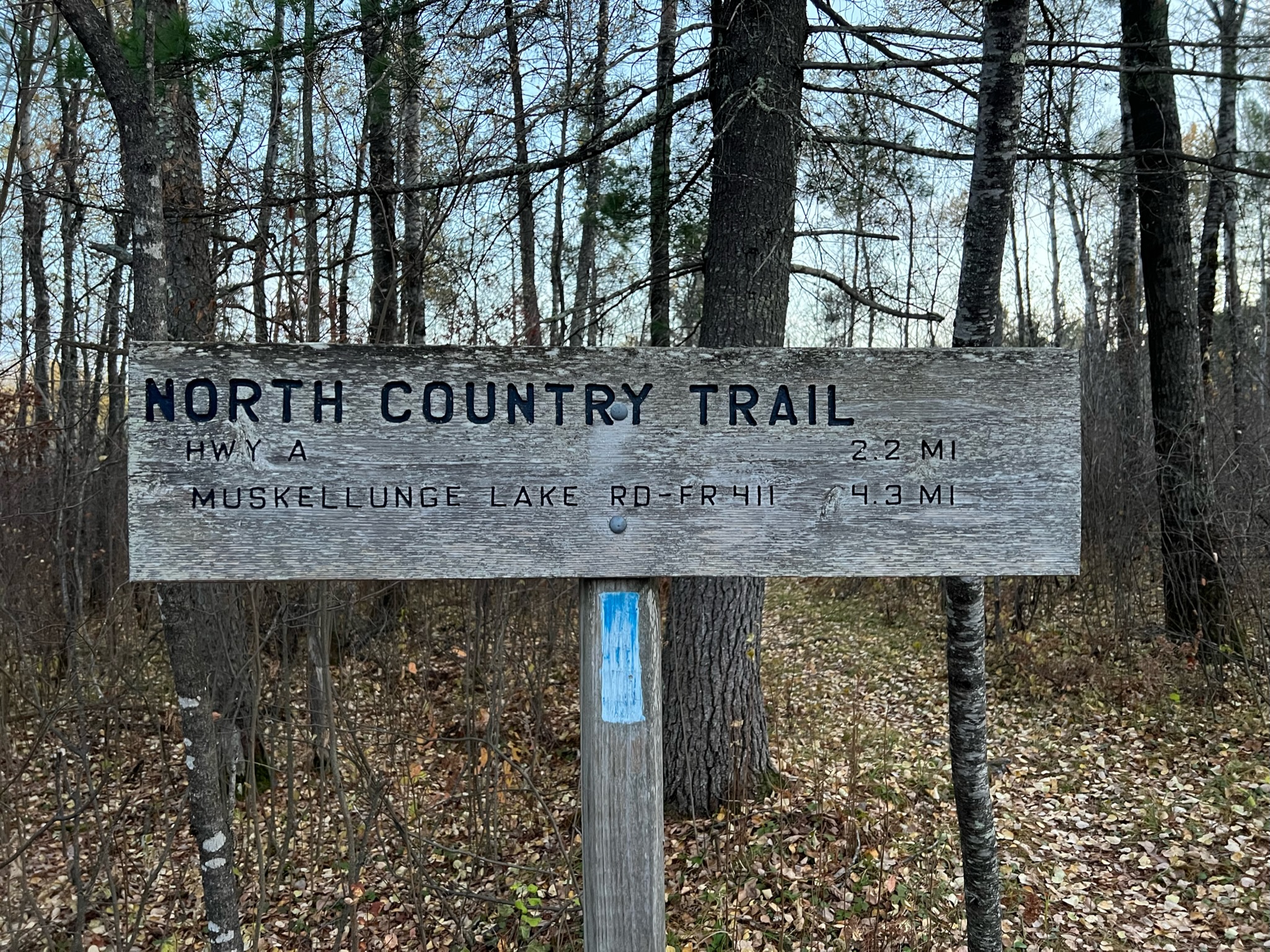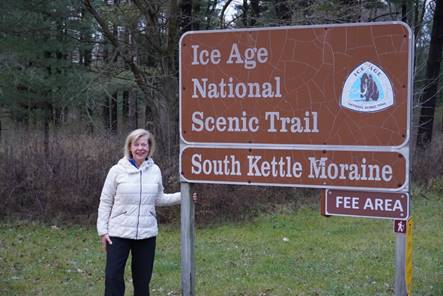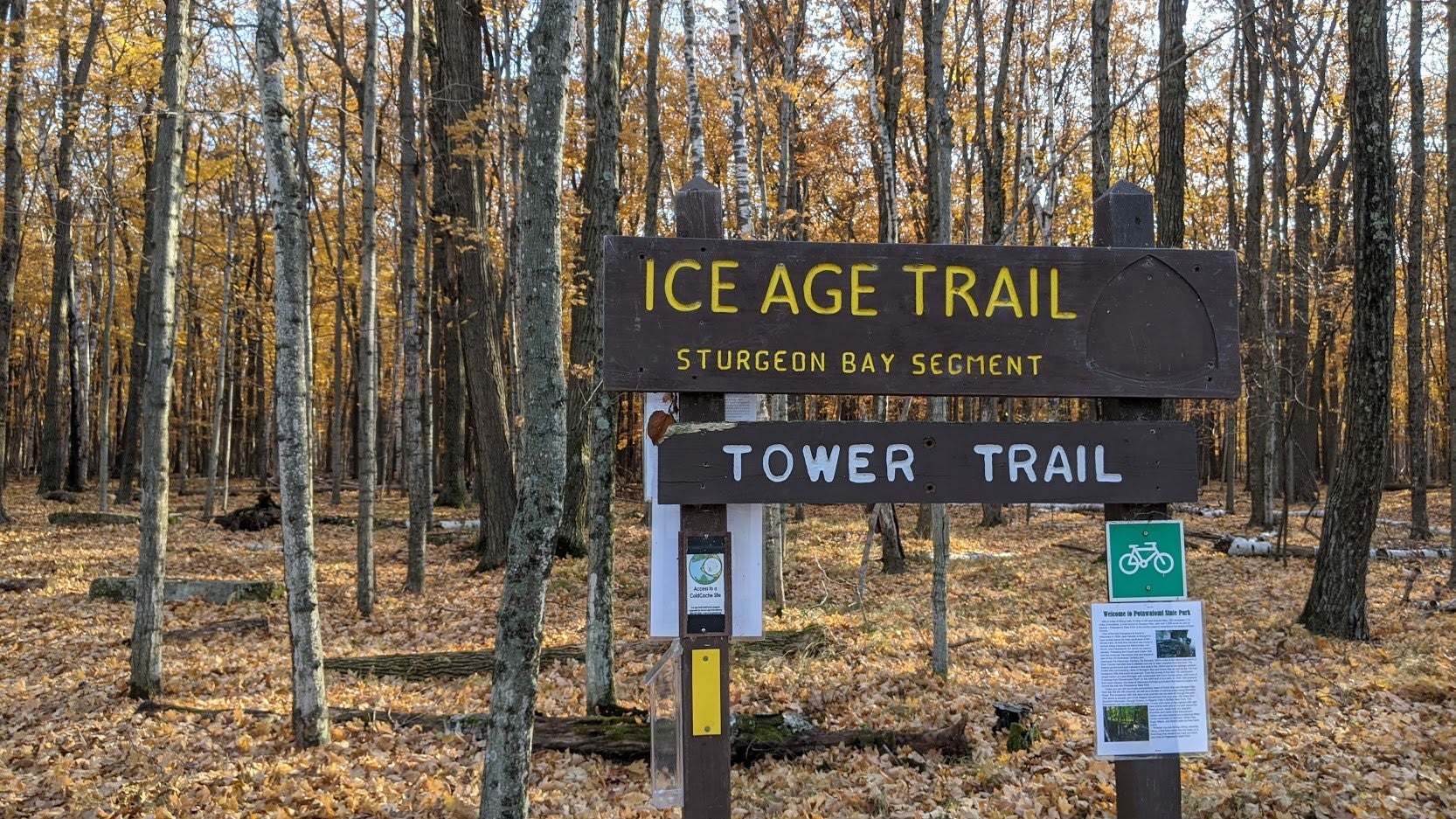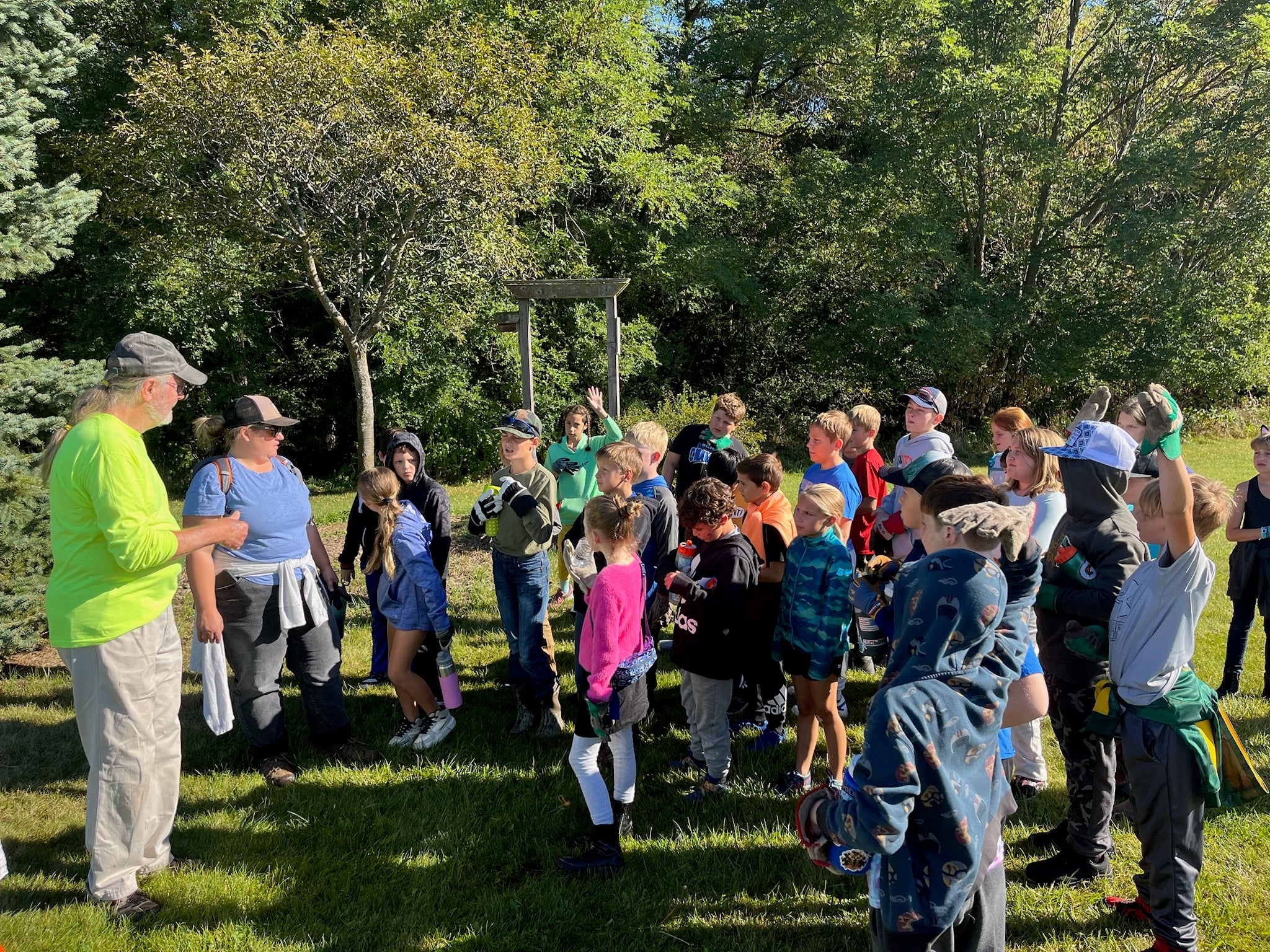The Ice Age and North Country National Scenic Trails in Wisconsin are joining hundreds of national treasures after being designated as parks under the National Park System.
The two trails are being recognized as units of the National Park Service, more commonly referred to as parks. The addition means the agency now manages 428 units that span more than 85 million acres nationwide. They join three other national trails designated as parks, including the Appalachian National Scenic Trail.
Wisconsin Democratic U.S. Sen. Tammy Baldwin announced the designation Thursday with National Park Service Director Chuck Sams and Ice Age Trail Alliance Executive Director and CEO Luke Kloberdanz.
Stay informed on the latest news
Sign up for WPR’s email newsletter.
“I haven’t stopped smiling for about the last 24 hours,” Kloberdanz said.
The two trails crossing Wisconsin were added along with the New England National Scenic Trail, giving them greater access to federal funding and improved maintenance. The Ice Age and North Country trails were previously added as national scenic trails in 1980, a designation created as part of the National Trails System Act in 1968.

“The Ice Age, New England and North Country National Scenic Trails present tremendous opportunities for close to home recreation through the 10 states and countless communities they pass,” Sams said. “They also present important opportunities for civic engagement and participation.”
The Ice Age National Scenic Trail runs across roughly 1,200 miles of Wisconsin from Polk County in western Wisconsin to Door County on the eastern side of the state. The North Country National Scenic Trail spans around 4,800 miles across eight states, cutting across northwestern Wisconsin. The North Country Trail Association said that makes it the longest national scenic trail in the country.
About half of the Ice Age trail is complete, according to the Ice Age Trail Alliance. It connects with other routes over landscape once covered by glaciers during the Ice Age more than 12,000 years ago.
Baldwin has been advocating for the designation through legislation since 2014.

Photo courtesy of Baldwin’s office
“The Ice Age trail also tells an important story about the history of Wisconsin and the abundant natural resources that have shaped our great state, literally,” Baldwin said. “Running through the great north woods over rolling hills and prairies, past inland lakes and waters and finally winding up along Lake Michigan, this trail showcases some of the best that our state has to offer.”
The trail draws more than 2.3 million people each year, and the designation drew bipartisan support Thursday from U.S. Representatives Mark Pocan, a Democrat from Madison, and Glenn Grothman, a Republican from Glenbeulah.
“As a lifelong Wisconsinite, I am proud to be from a state with such a beautiful natural environment,” Grothman said. “I am happy to support this bipartisan effort to ensure the Ice Age Trail has the opportunity to participate as a unit of the National Park System.”
Last year, more than 1,800 volunteers spent 84,349 hours on trail activities. In fiscal 2023, Kloberdanz said, volunteers contributed more than 100,000 hours.
“Such hours consistently placed the Ice Age trail among the top in all the National Park Service for volunteerism,” Kloberdanz said. “Unit status will help progress the trail, enabling us to close gaps and get closer to the goal: a continuous completed Ice Age National Scenic Trail.”
Sams said the National Park Service will also be more responsive in managing the trails, adding the designation unlocks funding for development of maps and brochures. It’s unclear whether it will also help address an estimated $2 million backlog of deferred maintenance on the Ice Age trail, according to the agency’s most recent data.
On the North Country trail, around 1,600 miles of trail have yet to be developed, according to Andrea Ketchmark, executive director of the North Country Trail Association.
“We hope that we’ll be able to as we do those route plans and need more funds, whether it be for acquisition or actual trail projects, construction and maintenance, that we’ll be able to tap into every fund source that we can within the agency,” Ketchmark said.
She said the recognition is confirmation of the trail’s importance to the National Park Service and the significance of trails for the future of recreation nationwide.
According to the Wisconsin Department of Natural Resources, finished segments and temporary routes for the North Country trail run 220 miles through Douglas, Bayfield, Ashland and Iron counties. Last year, more than 700 volunteers dedicated nearly 65,000 hours to work on the trail.
Wisconsin Public Radio, © Copyright 2025, Board of Regents of the University of Wisconsin System and Wisconsin Educational Communications Board.


